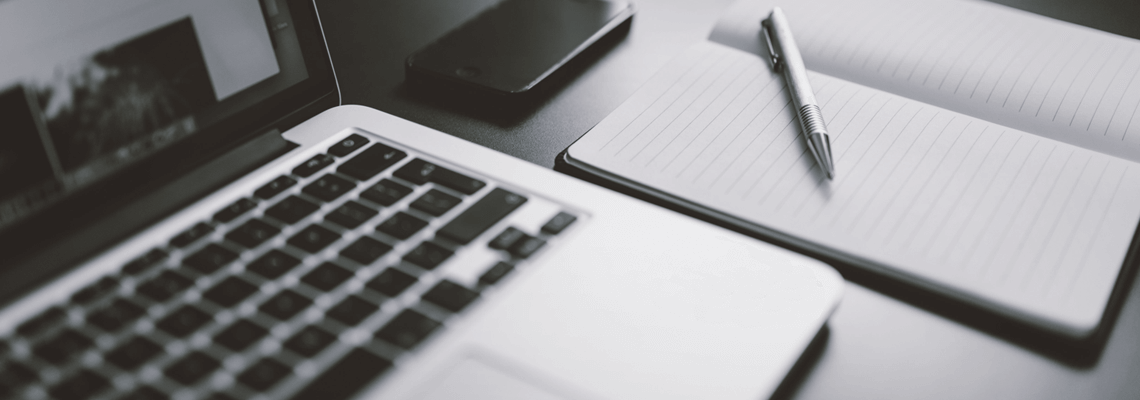
Cramdown Your Vehicle Loan if Behind on Payments
Vehicle loan cramdown doesn’t just likely reduce your vehicle payments and the total you pay. You’d also not have to catch up on late payments.
Our last two blog posts have been about lowering monthly vehicle loan payments through Chapter 13 cramdown. This also often reduces the total that you pay on the loan until your vehicle is free and clear. Cramdown often even reduces the interest rate you pay. So it usually saves you money both every month and long term.
If you’re behind on your payments there’s an even more immediate benefit. If you qualify for cramdown, you don’t have to catch up on any late payments. This frees up the money immediately for other urgent needs. This is a huge monetary benefit at a time when your cash is likely extremely tight.
On top of this financial benefit, you get the peace of mind that your vehicle won’t be repossessed. Vehicle lenders can be quick to repossess when you fall behind, especially if your payment history has been spotty. It’s great to prevent a repossession, and then not have to scramble to catch up on the missed payments.
Today we show how this works.
Qualifying for Vehicle Loan Cramdown
See our last blog post for an explanation about how to qualify for Chapter 13 vehicle loan cramdown. Basically, the loan has to be more than 910 days (about 2 and a half years) old at the time you file your Chapter 13 “adjustment of debts” case. And the value of your car or truck needs to be less than the amount you owe on it. The more your vehicle is worth less than you owe the more cramdown can help you.
(There are some exceptions to the 910-day rule. For example, if the vehicle was purchased for business use, or if the loan was not for the purchase of the vehicle, there’s no time limit. Again, see our last blog post for the details. Also, see the “hanging paragraph” following Section 506(a)(9) of the federal Bankruptcy Code.)
The Missed Payments Are Unsecured
So now assuming that your vehicle loan qualifies for cramdown, see our second-to-last blog post about how cramdown works. Basically, your Chapter 13 payment plan divides your loan debt into secured and unsecured portions. The secured portion is in the amount that your vehicle is worth. The unsecured portion of the debt is the rest of its balance.
For example, assume you owe $18,000 on a vehicle that is worth $12,000. The secured portion of the loan balance is $12,000 and the unsecured portion is the remaining $6,000.
Your bankruptcy lawyer essentially recalculates the monthly payments based on the $12,000 secured portion. Besides being based on this lower amount to be paid, the monthly payments are often stretched beyond the number of months left on the contract, and the interest rate is often reduced (depending on how high the contract interest rate is). All this usually results in a lower monthly payment, often significantly lower.
The reason you don’t have to catch up on your missed loan payment(s) is that that part of the debt is unsecured. Using the example above, assume your monthly payments are $400, and that you just fell behind on a second month. So you’re behind $800. (And there’s a big risk that the repo man is looking for your vehicle.)
That $800 you’re behind does not affect the value of the vehicle. It’s worth $12,000 whether or not you’re current on the loan or not. That $800 (or whatever amount you’re behind) is part of the unsecured portion of the loan balance. It’s part of the unsecured portion of the debt. It does not affect how much you’re going to be paying each month under the cramdown.
What Does Happen to The Unsecured Missed Payment(s)?
As part of the unsecured portion of the loan balance, it’s put into the pool of your “general unsecured” debts. You pay these in your Chapter 13 plan only to the extent you can during the life of the plan. Other kinds of debts—secured ones and special “priority” ones (like child support and recent income taxes)—get paid before general unsecured debts get paid anything. As a result you often don’t pay the unsecured portion of your vehicle loan much, and sometimes nothing.
When DO You Have to Pay on the Vehicle Loan?
To the extent the general unsecured debts—including the missed payments—get paid, this happens later in your case. Depending on the amount of your secured and priority debts, the unsecured debts often don’t get paid until the final year or even final months of your case.
However, you start paying the secured portion, with the new crammed-down amount—the first month of your plan payments. It’s usually part of the amount that you pay to the Chapter 13 trustee. It’s part of the single plan payment that covers all your debts, based on what you can afford to pay. It’s usually due a month after your bankruptcy lawyer files your proposed plan, and must be paid on time.
Summary
Vehicle loan cramdown doesn’t just save you money, immediately and long-term. If you’re behind on the monthly payments, cramdown enables you to avoid catching up on those payments. For example, if your vehicle insurance lapsed you could use that money instead to pay to reinstate the insurance. Or, not having to catch up could give you the financial break you need to start paying your Chapter 13 plan payments after filing your case. There are many such circumstances where not having to catch up on missed payments would enable you to keep your vehicle.
